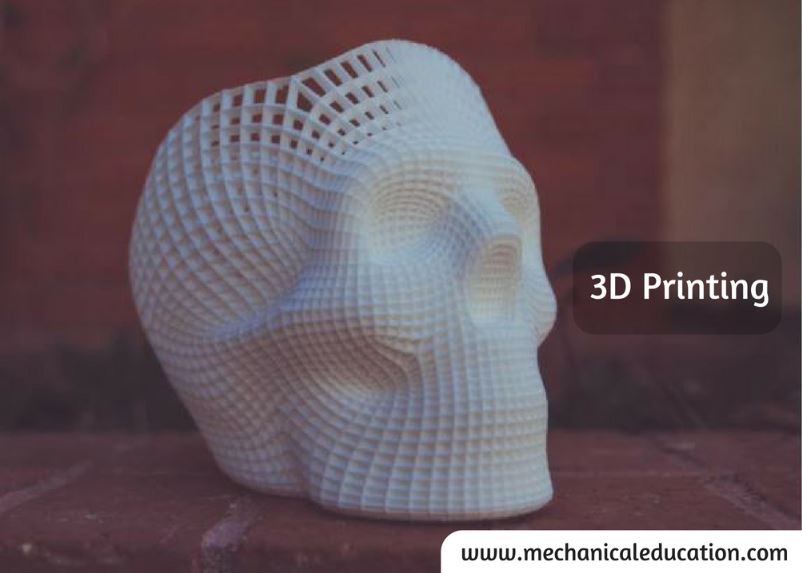Hollow shafts and solid shafts each have their own advantages and disadvantages depending on the specific application. However, in general, hollow shafts have several advantages over solid shafts, including:
- Weight: Hollow shafts are lighter than solid shafts of the same length and diameter. This makes them ideal for applications where weight is a concern, such as in aerospace and automotive industries.
- Flexibility: Hollow shafts have greater flexibility than solid shafts of the same size, which can be an advantage in certain applications, such as in machinery that needs to accommodate vibration and other forms of movement.
- Stiffness: Hollow shafts can be designed to be stiffer than solid shafts of the same weight, which can be an advantage in applications where torsional stiffness is critical, such as in precision equipment and machinery.
- Material usage: Hollow shafts require less material than solid shafts of the same dimensions, which can lead to cost savings in manufacturing.
- Thermal performance: Hollow shafts can be designed to have better thermal performance than solid shafts, as the internal cavity can be used for cooling or heating purposes.
Overall, hollow shafts offer several advantages over solid shafts, particularly in applications where weight, flexibility, stiffness, material usage, and thermal performance are important factors.
Frequently Asked Questions
1. What is the primary advantage of using a hollow shaft over a solid shaft?
The primary advantage is reduced weight. A hollow shaft provides similar strength and stiffness as a solid shaft but with less material, resulting in a lighter component.
2. How does the weight reduction in a hollow shaft benefit applications?
The reduced weight of a hollow shaft is advantageous in applications where minimizing the overall weight is critical, such as in aerospace, automotive, and certain industrial machinery.
3. Are there strength differences between hollow and solid shafts?
Generally, the strength and stiffness of a hollow shaft can be comparable to a solid shaft of the same outer diameter. The design and material selection play a crucial role in achieving similar mechanical properties.
4. Can a hollow shaft offer cost savings compared to a solid shaft?
Yes, a hollow shaft can potentially offer cost savings in terms of material expenses and manufacturing processes. However, the overall cost-effectiveness depends on factors such as design complexity and production methods.
5. In which industries are hollow shafts commonly used?
Hollow shafts are frequently used in industries where weight reduction is a priority, such as aerospace for aircraft components, automotive for drivetrain components, and robotics for lightweight yet strong rotational elements.
6. Do hollow shafts have any impact on rotational inertia compared to solid shafts?
Yes, hollow shafts generally have lower rotational inertia than solid shafts of equivalent outer diameter. This property can lead to improved dynamic performance in certain applications.
7. Are there limitations or considerations when using hollow shafts?
Yes, design considerations such as buckling and torsional stiffness need to be carefully addressed when using hollow shafts. The choice of materials and manufacturing processes also affects the performance.
8. Can hollow shafts offer better heat dissipation compared to solid shafts?
Yes, the hollow nature of the shaft allows for improved heat dissipation, making it advantageous in applications where thermal management is crucial, such as in high-speed rotating machinery.
9. How do hollow shafts contribute to energy efficiency in certain applications?
The reduced weight and inertia of hollow shafts can contribute to energy efficiency in applications where minimizing rotational mass is essential, such as in electric motors and other power transmission systems.
10. Are there specific design considerations for coupling hollow shafts with other components?
Yes, the design of couplings and connections to hollow shafts needs careful consideration to ensure proper torque transmission and to address any potential issues related to the hollow geometry, such as stress concentrations.




